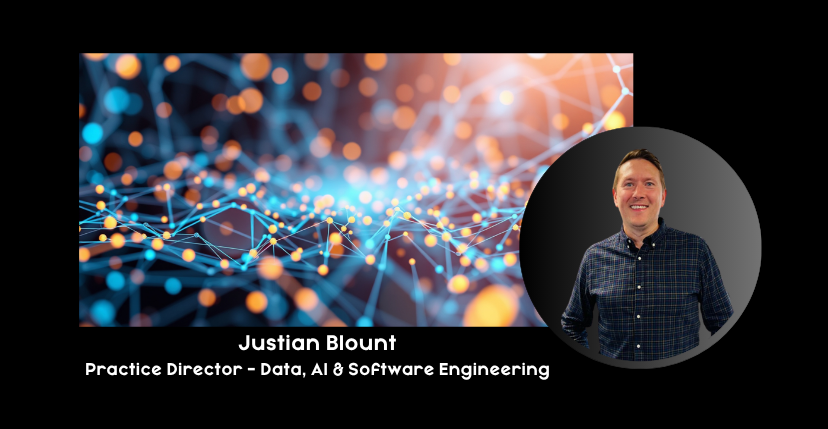Why the Smartest Companies Are Building AI R&D Teams Separate from Core Engineering
Tuesday 18th November 2025

There’s a growing divide between the companies that talk about AI and those that actually build the foundations to use it well. The difference often comes down to one simple decision – whether to bolt AI on or build AI in.
In too many organisations, AI is treated like a feature to sprinkle across existing products. A request comes down from the top – “We need AI in this!” – and engineers are asked to retrofit models into systems that were never designed for them. The result? Confusion, wasted investment, and projects that deliver little more than a proof-of-concept demo.
But the most forward-thinking companies are taking a very different approach. They’re creating dedicated AI R&D teams – small, autonomous groups of researchers, data scientists, and engineers tasked not with adding AI to what already exists, but with reimagining how the business can be transformed by it.
These teams are intentionally siloed from day-to-day delivery. They’re free to explore, experiment, and fail fast. Their mission is clear: build it, prove it, scale it.
By giving AI specialists their own space, these companies achieve three crucial things:
They think before they build.
Instead of rushing to implement whatever’s trending, they take the time to understand why and how AI can make a difference. They start from first principles – the business problem, the available data, the desired outcome – and let those guide their approach.
They bridge research and reality.
An AI R&D function isn’t about publishing papers; it’s about producing results. It takes deep technical expertise – the kind you might find in academia – and grounds it in commercial pragmatism. The outcome is practical, scalable innovation rather than theory.
They future-proof the organisation.
AI is moving faster than any previous wave of technology. Companies that build internal capability now – with dedicated teams, strong leadership, and space to innovate – will be far better equipped to adapt as the field evolves.
This is precisely the approach we’re seeing from leading players in sectors like education, healthcare, and finance – organisations who recognise that becoming truly AI-first isn’t a matter of adding features, but of building a mindset.
For leaders, the message is clear: if you want AI to be more than a buzzword in your business, you need a team that’s empowered to think differently. Create a dedicated environment where experimentation is encouraged, learning is shared, and success is measured not by the number of models deployed, but by the value they create.
Because the companies that get AI right won’t be those who forced it into their roadmap – they’ll be the ones who made space for it to happen.
We’ve helped several organisations take this approach and build genuine AI capability from the ground up. If you’re exploring how to do the same, I’d be happy to share what’s worked well – feel free to reach out or book a chat.


